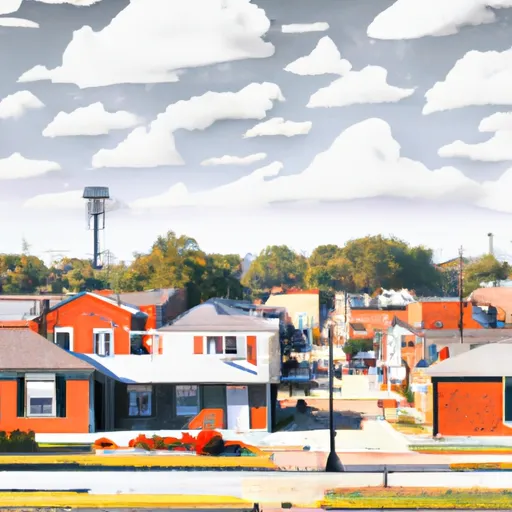°F
°F
mph
Windspeed
%
Humidity











Dowell, Illinois is a small village located in Jackson County, in the southern part of the state. The climate in Dowell is typical of the Midwest, with hot summers and cold winters. The area receives an average of 46 inches of rainfall per year, and hydrology constituents include several small streams and creeks that flow through the village. Outdoor recreation opportunities in the area include hiking, fishing, and hunting, with nearby parks and forests providing ample opportunities for outdoor enthusiasts. The Shawnee National Forest is particularly popular, offering miles of trails, campgrounds, and scenic vistas for visitors to explore. Overall, Dowell is a quiet, rural community with plenty of natural beauty to enjoy.
Weather Forecast
Dowell receives approximately 1143mm of rain per year, with humidity levels near 84% and air temperatures averaging around 14°C. Dowell has a plant hardyness factor of 6, meaning plants and agriculture in this region thrive during a short period during spring and early summer. Most plants will die off during the colder winter months.
Regional Streamflow Levels
85
Cubic Feet Per Second
362
Cubic Feet Per Second
1,800
Cubic Feet Per Second
264
Cubic Feet Per Second
Nearby Camping
| Camping Area | Reservations | Toilets | Showers |
|---|---|---|---|
| Shields RV Military - Gulfport NCB | |||
| Moodys Landing | |||
| Big Creek Waterpark | |||
| Flint Creek Waterpark | |||
| Buccaneer State Park | |||
| Lake Walker Military - Camp Shelby |



